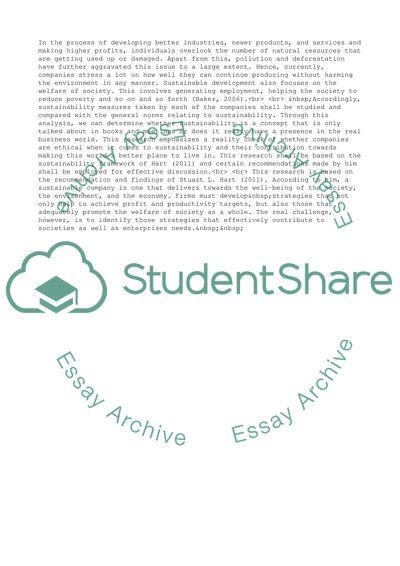Cite this document
(Benchmark Progress towards Sustainability Research Paper - 1, n.d.)
Benchmark Progress towards Sustainability Research Paper - 1. Retrieved from https://studentshare.org/business/1810413-benchmark-progress-towards-sustainability
Benchmark Progress towards Sustainability Research Paper - 1. Retrieved from https://studentshare.org/business/1810413-benchmark-progress-towards-sustainability
(Benchmark Progress towards Sustainability Research Paper - 1)
Benchmark Progress towards Sustainability Research Paper - 1. https://studentshare.org/business/1810413-benchmark-progress-towards-sustainability.
Benchmark Progress towards Sustainability Research Paper - 1. https://studentshare.org/business/1810413-benchmark-progress-towards-sustainability.
“Benchmark Progress towards Sustainability Research Paper - 1”, n.d. https://studentshare.org/business/1810413-benchmark-progress-towards-sustainability.


